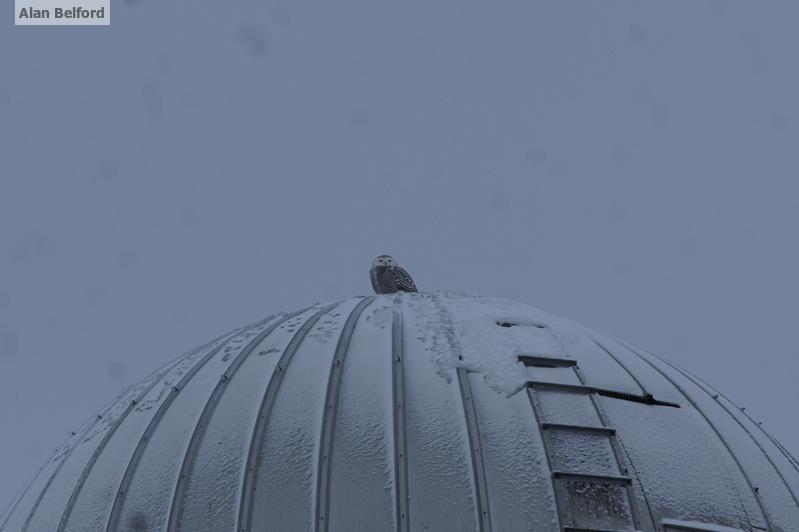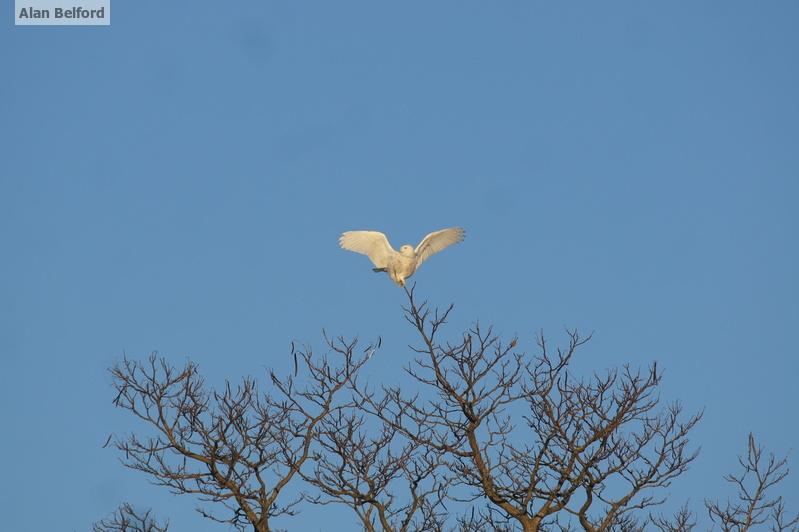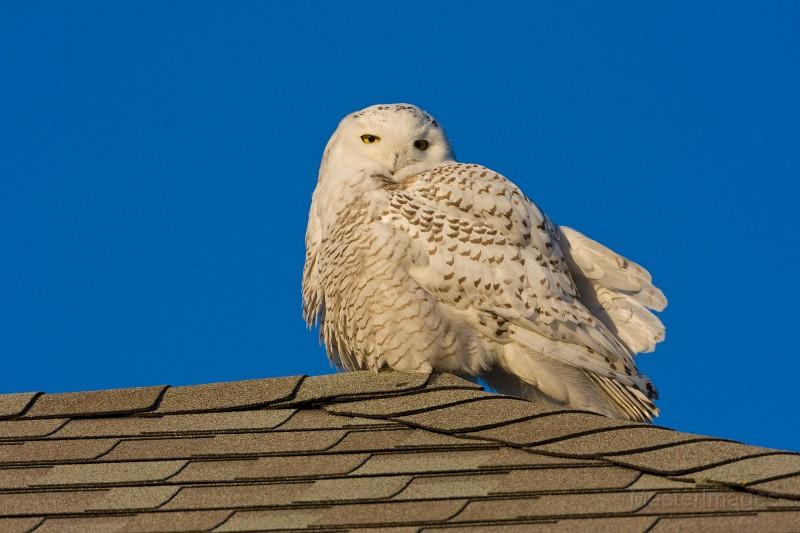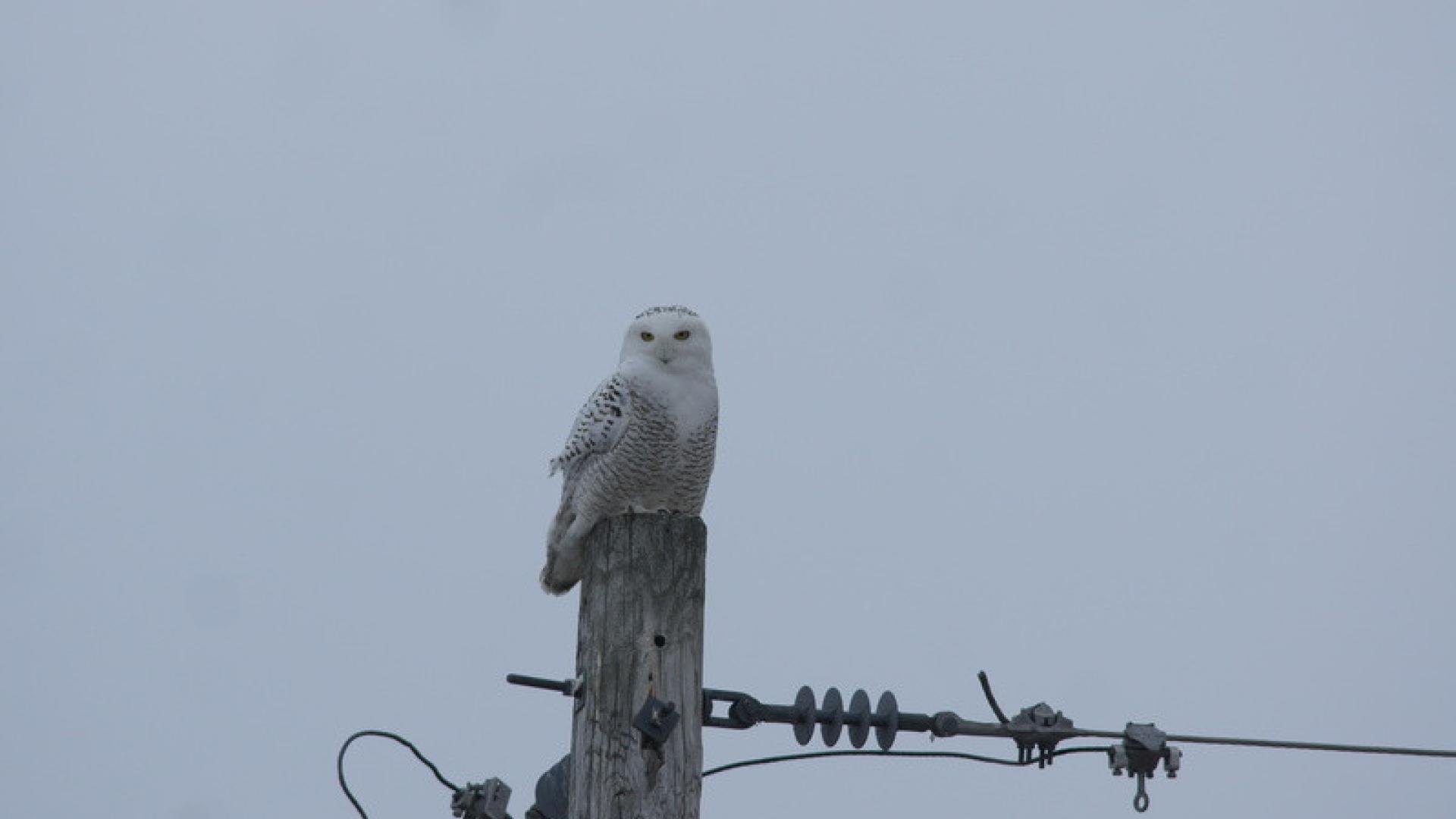An Irruption Year
Snowy Owls move south into the North Country during every winter, but their abundance varies greatly from year to year. In fact, they generally only arrive in numbers about once every four years – depending upon food availability to our north and how successful they were at raising their young. And so, excitement echoed throughout the birding world when this past fall it became increasingly clear that this winter would be another Snowy one.
While this year’s irruption is not nearly as large as the monstrous movement of 2013-2014, owls are being spotted across the Midwest and here in the Northeast where coastal dunes and beaches in places like Cape Cod, New Jersey, and Long Island offer them a reasonable facsimile of their arctic tundra home. The owls have commandeered fields, airports, beaches, and any other open habitat which they find suitable. This year individual owls have been found as far south as places like Oklahoma and North Carolina.

Snowies in the Champlain Valley
Locally there have been Snowies along both the St. Lawrence River and Lake Champlain – the latter including a long list of individuals. For starters, around Christmas a Snowy Owl was being seen regularly at the Plattsburgh marina. There have been two birds hanging out around Crown Point – sometimes seen in the fort. An owl was found at Noblewood Park a couple days ago, and a bird had been seen regularly for weeks at Chazy. I saw two Snowy Owls in the fields surrounding Moffit Road near Cumberland Head to start the New Year; both of those birds had been hanging around for a while – I was just fortunate to find them on the same day.
The Causes of an Irruption
The causes of such irruptions are not completely understood, but the general theory is that high prey abundance (for example, lemmings and voles) during the summer leads the owls to produce a high number of eggs. Their clutch sizes can vary greatly – helping them fledge large numbers of young – again, thanks to all that food. These young birds then move south with winter to find enough to eat.

In an effort to learn more about such phenomena, organizations like Project SNOWstorm are working to study the movements of these owls, in part by putting tracking devices on the birds. With so many owls on the move, years like this one present unique opportunities to understand them and their irruptive movements. It will be interesting to learn where some of the tagged birds end up, and when they return north in the spring.
Birders may be able to get involved with organizations like Audubon or Project SNOWstorm, or they can simply enjoy the owls which have moved south to grace the Lake Champlain Region and North Country in such numbers this year. In doing so, birders will note that many of the owls are young (again because so many fledged this past summer) – most easily noted by the black markings on the birds. Males are usually whiter than females and older males can be pure white. Younger birds and younger females in particular tend to have a lot of black markings. It presents a good opportunity to learn the ages of these birds – on average our heaviest North American owl species.

In our enthusiasm to see the owls, however, we do need to practice some restraint. For the most part, the owls are fairly tolerant of people, although conservation groups ask that birders refrain from pushing those limits and pestering and stressing them. The owls are more at risk if they are hanging out along a road or highway – where the grass strips and fields may attract rodents, and where the owls could be struck by a car. Hopefully that will not be the fate for our owls here in the North Country.
And while the long journey these birds have taken for the winter carries with it such inherent risks, many of the Snowies will eat well and remain with us for much of the winter before heading back north to the arctic in the spring. And so, until then, we birders can brave the cold and enjoy the Snowy winter as it floats along on long, white wings.
Winter birding in the Lake Champlain Region can be great and this year it features many Snowy Owls! Of course, they're not the only species we've been tracking — come see for yourself! After a day in the fields we've got warm places for you to stay and tasty places for you to fuel up for your next excursion.
